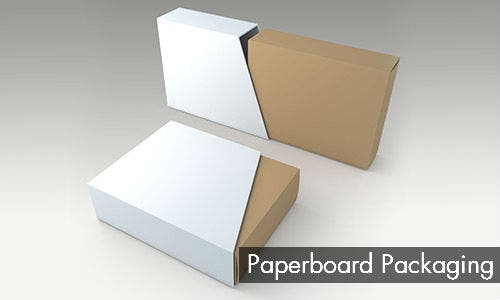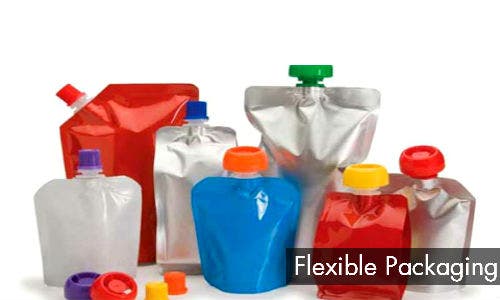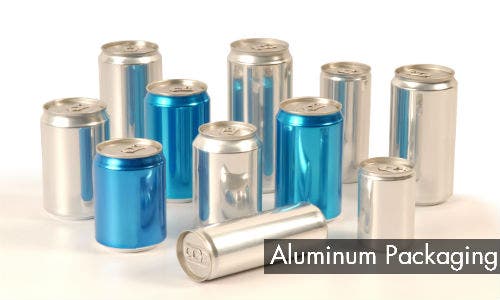What Makes An Industrial Packaging Service Provider A Cut Above?
admin admin | Jan 17, 2019
There's a basic strategy that grows every business. If you have been in business for any amount of time, you know that you need lead generation, a customer base, and a way to consistently get in front of your potential audience. Businesses often fail because there is no marketing plan. You can have the best product or service in the world, but you won’t generate revenue if no one is there to see it. We do exactly the same!
Hunter Industrial Supplies is a reputable industrial packaging service provider which has been capable of providing revolutionary solutions to all the needs of its valuable clientele. Located in the Hunter region for over 12 years, we can successfully offer quality and competitively priced products across Australia.
Most of our customers think that packaging solutions are mere boxes used to protect valuables. Well, our packaging solutions are way more than just offering boxes to protect your belongings from point A to B. Apart from that, packaging types to its size, weight affect almost every other part of the supply chain, including transport, packaging cost, the impact on the environment, and the time your employees spend on preparing each package, all these factors must be taken into consideration while coming up with a packaging solution.
Fortunately, there are a variety of materials and containers that are used for packaging. And companies across the globe spend millions of dollars using packaging as a form of marketing to attract customers while products are on the shelf. So let us get well- acquainted with the most common packaging materials used all over the world.
- Paper/Paperboard/Fiberboard
One of the most primary and secondary packaging products used by companies throughout the world are paperboard and fiberboard. In fact, the material, in particular, is used to create a wide variety of thinner packaging products including labels, Kraft paper, paper bags, butcher paper, and more.
Whereas in comparison to paper, paperboard is thicker and more durable than a standard paper material. Often used as a common packaging material, paperboard is used for milk and juice cartons, cereal boxes, frozen food boxes, candy boxes and more. Overall, paperboard offers slightly more product protection than a paper material and less than fiberboard.
Fiberboard is mainly used in the creation of corrugated boxes. The material fluting fiberboard creates ridges between two flat fiber boards creating more strength and crush resistance. - HDPE/PET/Rigid Packaging
Developed from polyethylene, high-density polyethylene, and polyethylene terephthalate, HDPE and PET materials are harder and more rigid plastics than other ones. Bottles and jugs are some of the most common uses for HDPE and PET.
Almost all the water bottles and soda bottles are made from PET. Whereas, Jugs for cooking oil, milk cartons, and most all bottle caps are made from HPDE. It may quite interest you to know that HDPE is extremely hard and even more rigid than a PET material. - LDP/LLDPE/Flexible Packaging
LDP and LLDP stand for Low-density polyethylene and Linear low-density polyethylene respectively turns out to be the most flexible packaging material available around. These materials being soft to the touch and puncture resistant are also used for primary and secondary products around the world.
A variety of bags, films and flexible tubing for packaging are made from LDP. They range in multiple thicknesses and are often used to package an array of food items, dog treats, auto parts, tools and more. In fact, Low-density polyethylene is also used to make Pallet shrink film which is used as secondary packaging for cases of water bottles and canned goods.
Linear Low-Density polyethylene is thinner than LDP and is mainly used in the packaging industry for stretch wraps to be used around pallets of packaged products. LLDPE is extremely flexible and stretchability. - Aluminum Packaging
Used for a wide range of applications such as cans and containers, aluminum packaging turns out to be another versatile packaging product available in the market. According to the Aluminium Association, more than 7 billion foil cans and containers are produced on the annual basis.
Though the use of aluminium cans is prominent, there are several other uses offered by aluminium packaging.
Foil packaging is used in medical, food, beverage, cosmetic and many other industries as a barrier protector. As we know foil, in general, helps to protect products from moisture, sunlight, and other external elements. Moreover, it is often used with an adhesive to protect and preserve unopened products while on the shelf.







